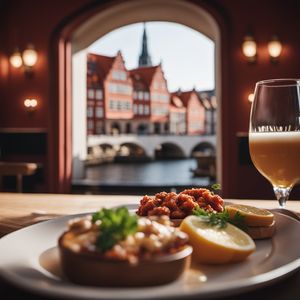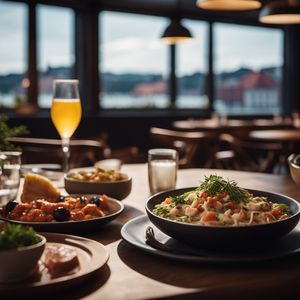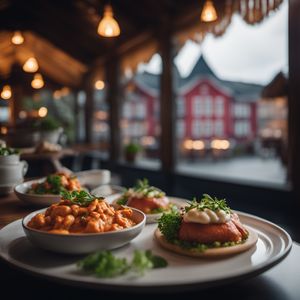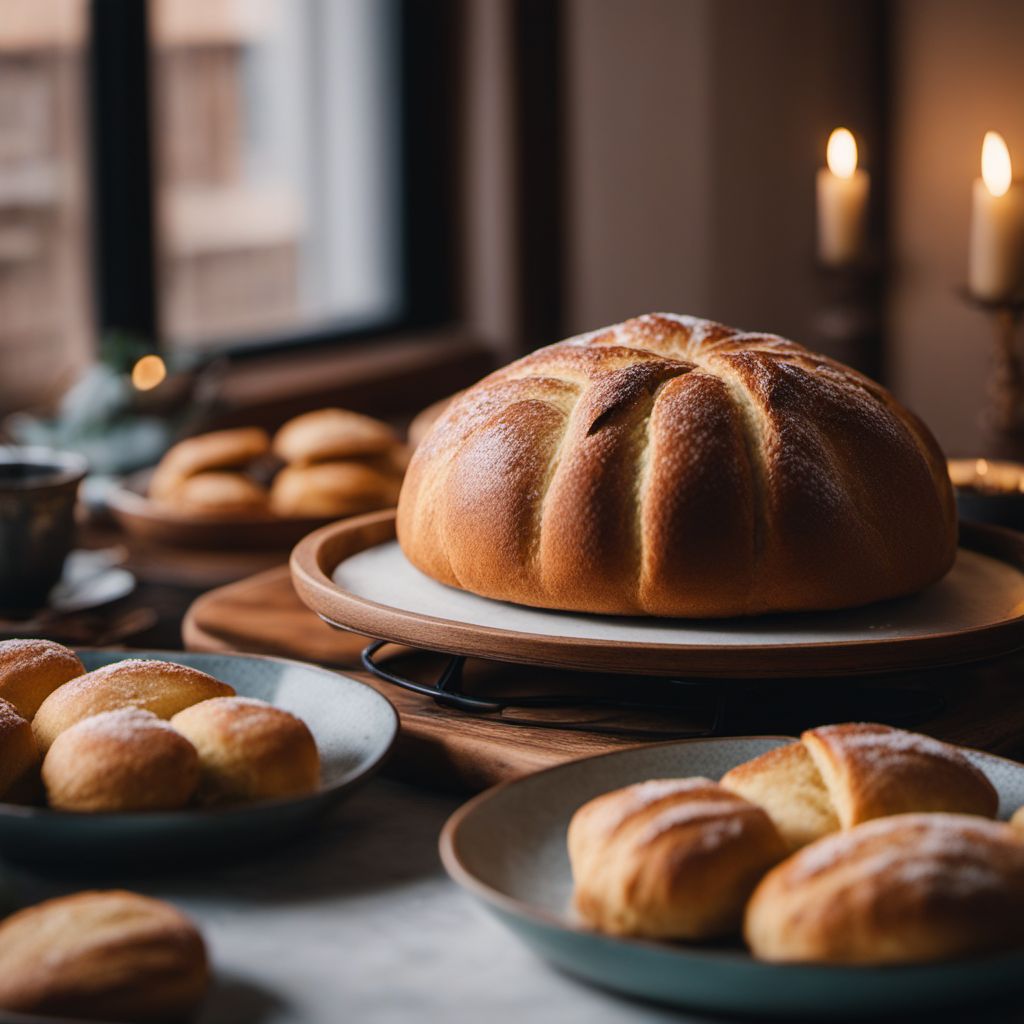
Dish
Laufabrauð
Laufabrauð is a labor-intensive bread that requires a lot of time and patience to make. The dough is made from flour, water, salt, and sometimes a little bit of sugar. It is then rolled out very thinly and cut into intricate patterns using a special tool called a laufabrauðsjárn. The bread is then fried in oil until it is crispy and golden brown. Laufabrauð is typically served with smoked salmon, pickled herring, or other traditional Icelandic Christmas foods.
Origins and history
Laufabrauð has been a part of Icelandic Christmas traditions for centuries. It is believed to have originated in the northern part of the country and was traditionally made by women in the family. Today, it is still a popular holiday food and is often made in large quantities to be shared with family and friends.
Dietary considerations
Laufabrauð is not suitable for those with gluten intolerance or celiac disease as it is made from wheat flour. It is also high in calories and should be consumed in moderation.
Variations
There are many variations of laufabrauð, with different patterns and shapes. Some people add spices or herbs to the dough to give it extra flavor. Others use different types of flour, such as rye or barley, to make the bread.
Presentation and garnishing
Laufabrauð is typically served on a large platter, with the different patterns and shapes arranged in an attractive way. It is often garnished with fresh herbs or edible flowers to make it even more visually appealing.
Tips & Tricks
To make the dough easier to work with, it is important to let it rest for at least an hour before rolling it out. It is also important to use a sharp laufabrauðsjárn to cut the patterns, as a dull one will make the dough tear and ruin the bread.
Side-dishes
Laufabrauð is typically served with smoked salmon, pickled herring, or other traditional Icelandic Christmas foods.
Drink pairings
Laufabrauð is traditionally served with a glass of cold milk or a hot cup of cocoa.
Delicious Laufabrauð recipes
More dishes from this category... Browse all »

Abud
Arab cuisine
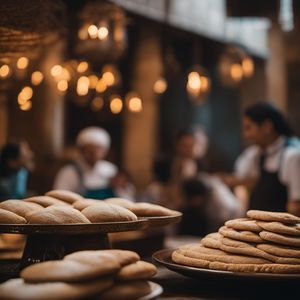
Aish baladi
Egyptian cuisine
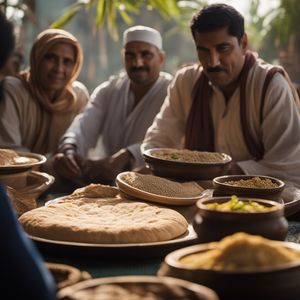
Aish merahrah
Egyptian cuisine
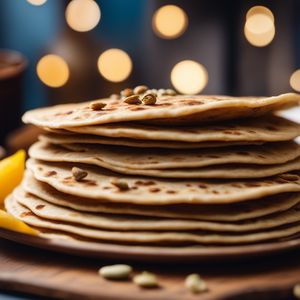
Ajwain paratha
Indian cuisine
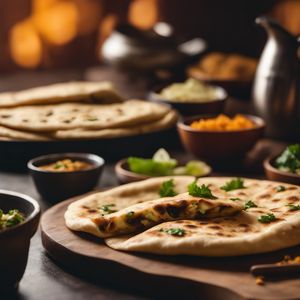
Aloo naan
Indian cuisine

Amdo balep
Tibetan cuisine
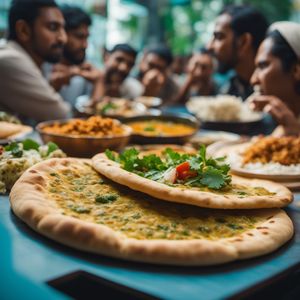
Amritsari kulcha
Indian cuisine
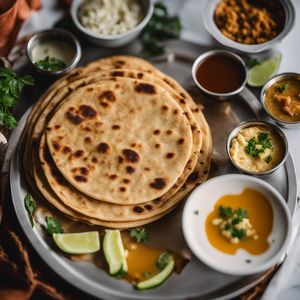
Anda paratha
Indian cuisine


